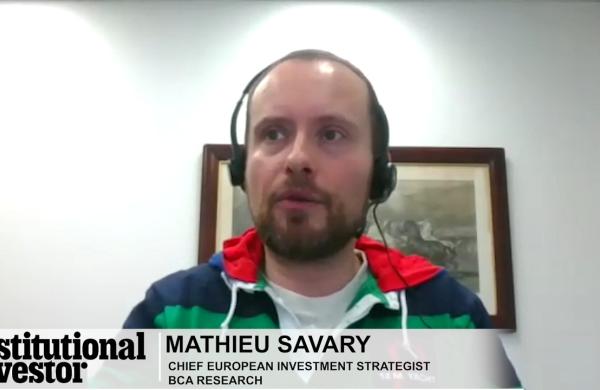When Raiffeisen International went hunting for its first-ever CFO -- the final piece of the puzzle needed to make it a stand-alone, IPO-ready company -- it found a familiar face in Martin Grüll. The Vienna banker had been head of Bank Austria Creditanstalt's Eastern European banking network until last year, but he spent the first 16 years of his career, until April 1998, at Raiffeisen's parent company, RZB, where he was once chief of international corporate banking.
As Raiffeisen's new CFO, Grüll, 45, says he will prepare a full audit and keep the bank on its slow, steady path to an eagerly awaited public offering. No time line has been laid out, in part because Raiffeisen's formerly cash-strapped parent has been doing so well lately and has no need to raise funds by selling a stake in the sub. "For the time being, I can assure you we have enough capital," says Grüll.
With net profits doubling last year, to roughly E430 million ($560.5 million), RZB's core tier-1 capital ratio jumped to 11 percent from 7.5 percent. The big driver: Raiffeisen's lucrative network of 15 banks operating in 16 Eastern European countries.
Moreover, Raiffeisen International, incorporated two years ago to attract new investors, raised E200 million in October when RZB sold 4 percent of the subsidiary to the World Bank's International Finance Corp. and another 4 percent to the European Bank for Reconstruction and Development. That same month RZB's shareholders, a group of regional Austrian cooperative banks, agreed to a E335.6 million capital increase through a rights offer.
"The basic reason we might eventually do a public offering is to finance growth in Eastern Europe, either organically or through acquisition," says Grüll. "If you extrapolate from the past, in coming years we will need further funds to keep our growth going, and so we may still turn to the markets."
Investors may just have to wait longer than expected for a piece of the action.




